Dinner

Creamy Corn Chowder Hearty and Comforting Bowl
Welcome to your new favorite comfort food! In today’s post, we’ll create a hearty and creamy corn chowder that warms the soul. Using simple ingredients
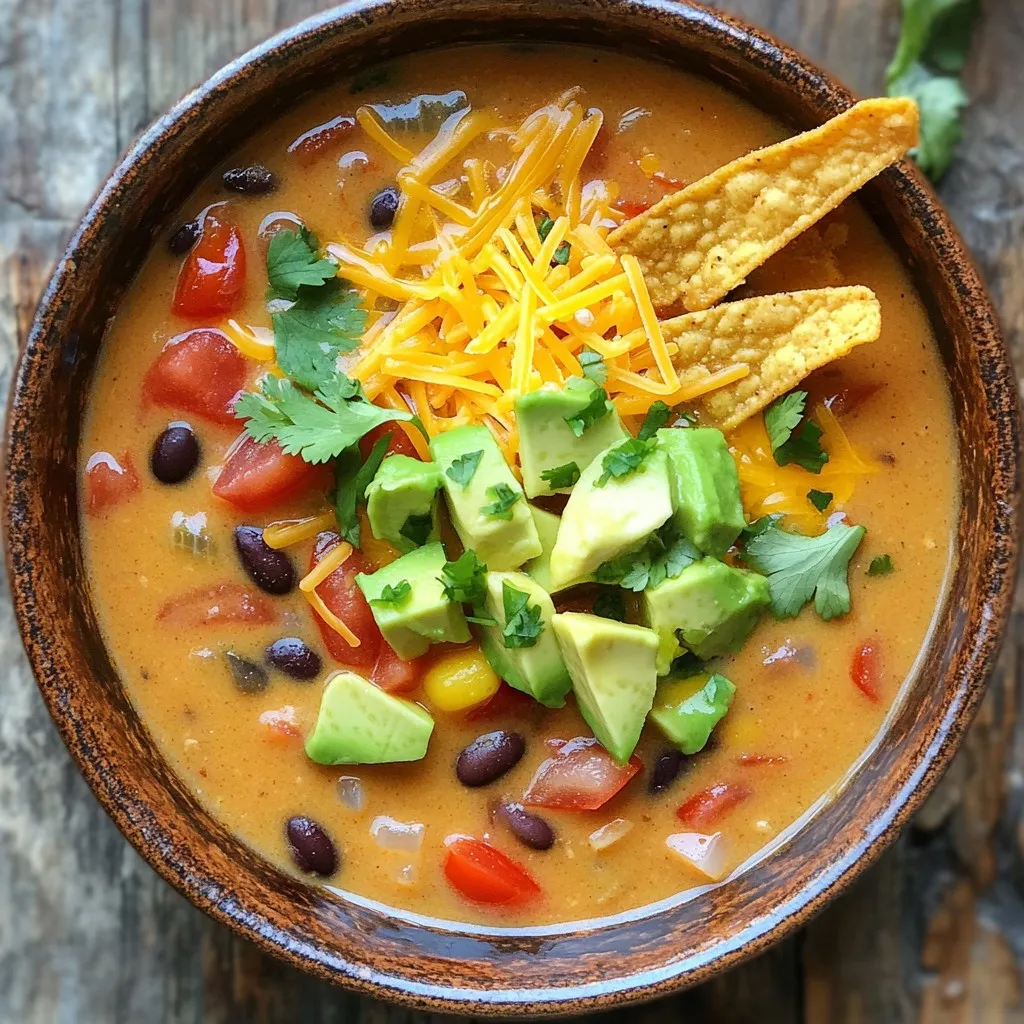
Slow Cooker Creamy Tortilla Soup Tasty and Simple Dish
Want a warm and tasty meal with minimal effort? Let me show you how to make Slow Cooker Creamy Tortilla Soup. This dish is simple,
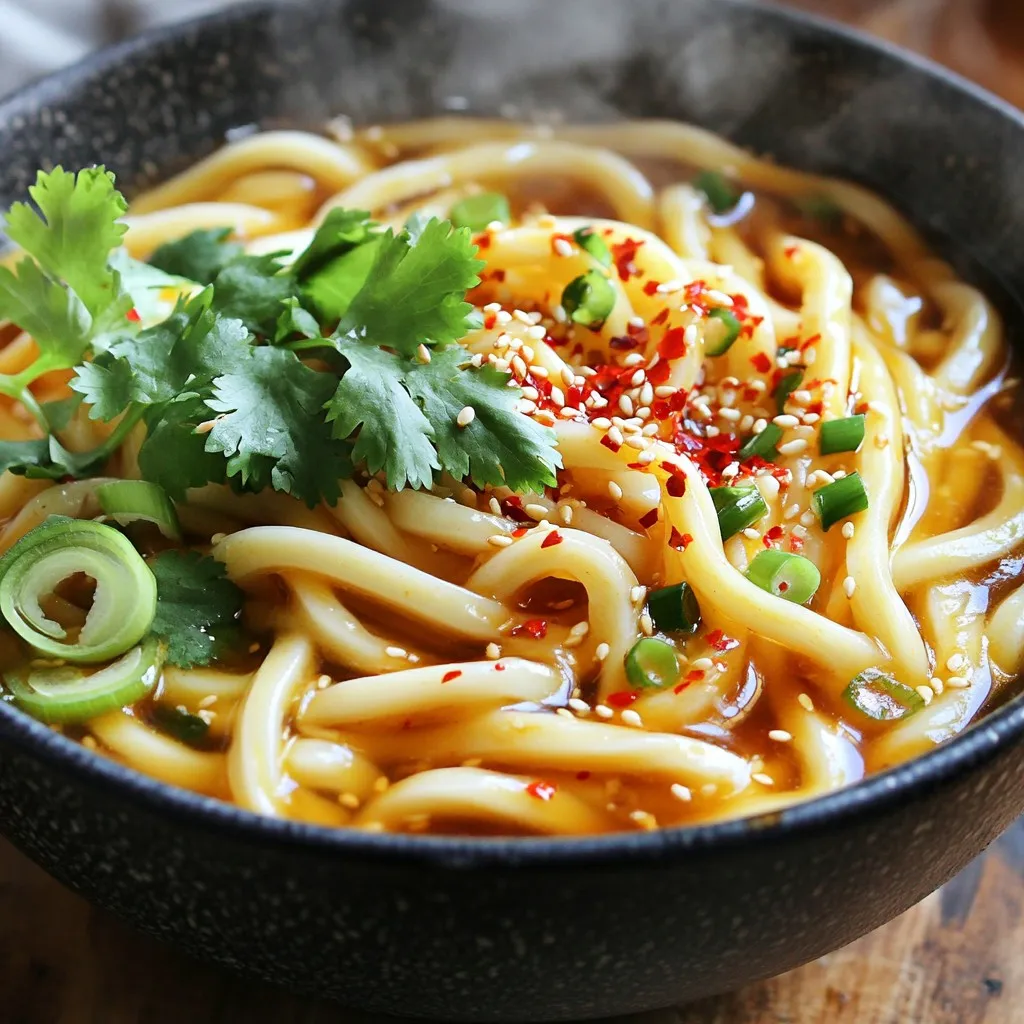
Spicy Honey Garlic Udon Quick and Tasty 15 Minutes
Craving a quick and tasty meal? You’re in the right place! This Spicy Honey Garlic Udon takes just 15 minutes to make. With a blend
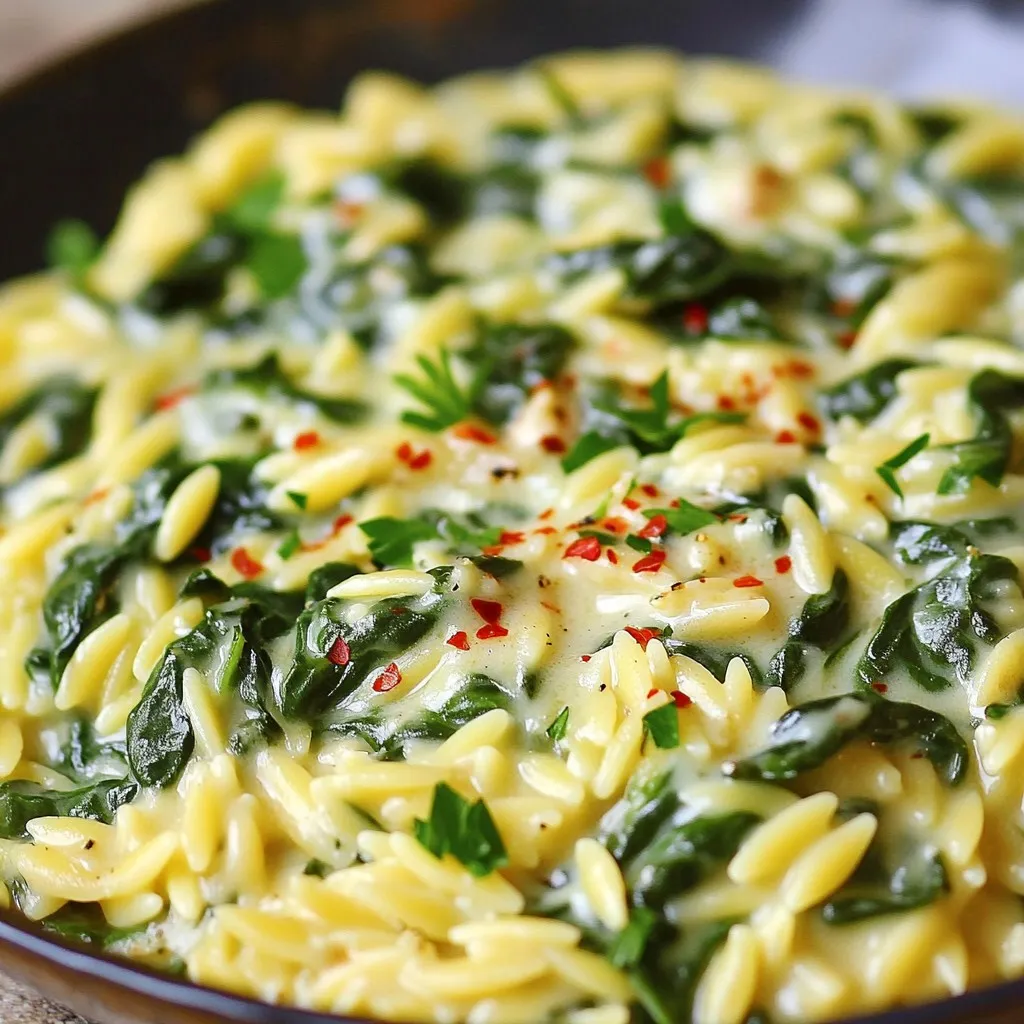
Creamy Garlic Parmesan Spinach Orzo Delightful Meal
Welcome to my kitchen, where we whip up a winning dish you’ll love—Creamy Garlic Parmesan Spinach Orzo! This meal combines tender orzo pasta with rich
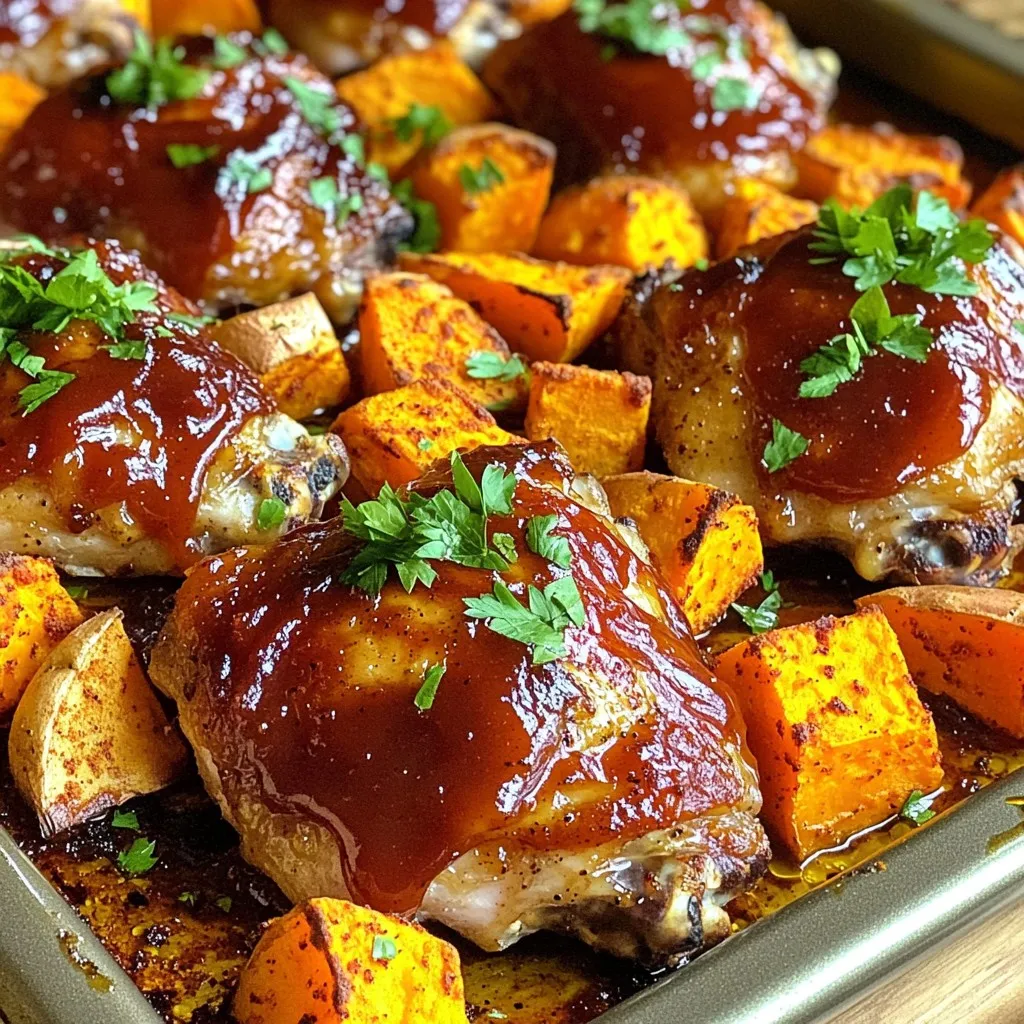
Sheet Pan BBQ Chicken & Sweet Potatoes Delight
Looking for a simple and tasty dinner? You’re in the right place! This Sheet Pan BBQ Chicken & Sweet Potatoes Delight is packed with flavor
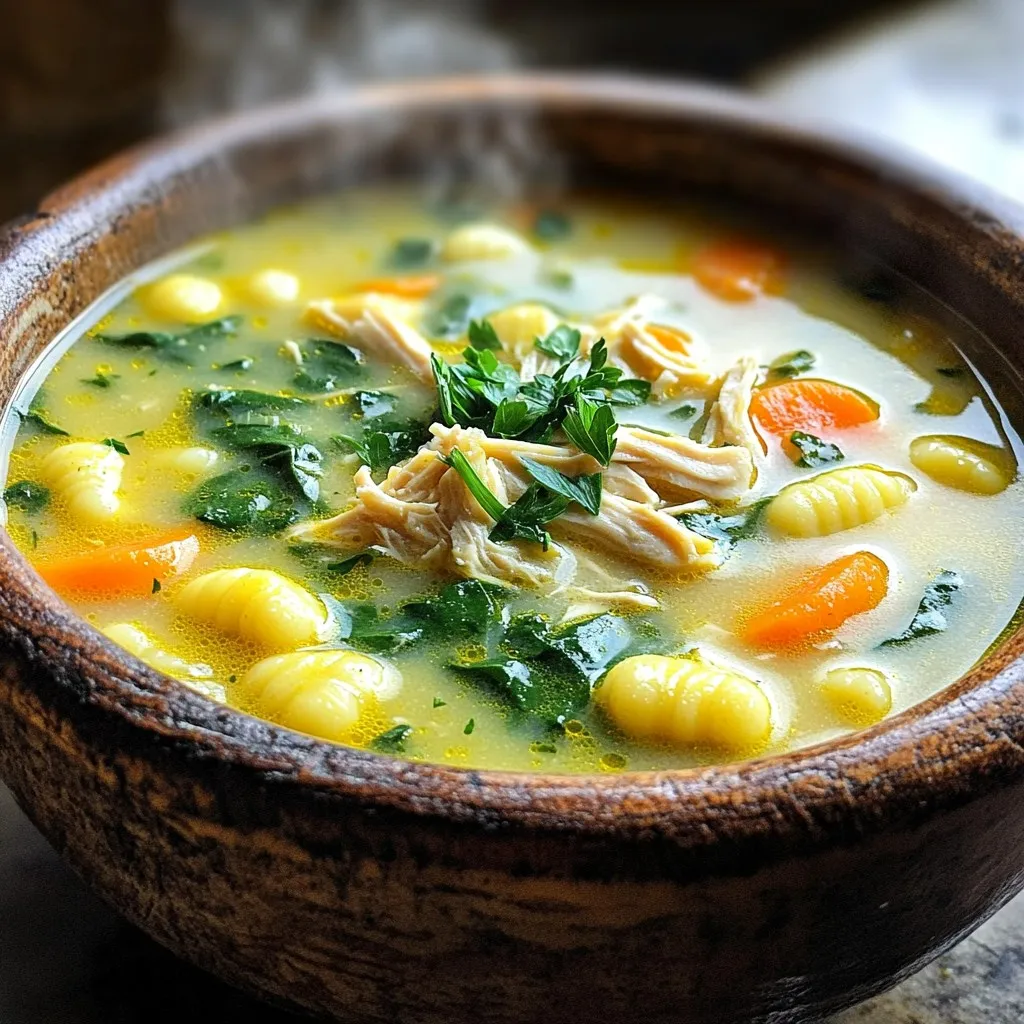
Slow Cooker Chicken Gnocchi Soup Comfort in a Bowl
Do you crave a warm, hearty soup that’s as easy to make as it is delicious? Look no further! My Slow Cooker Chicken Gnocchi Soup
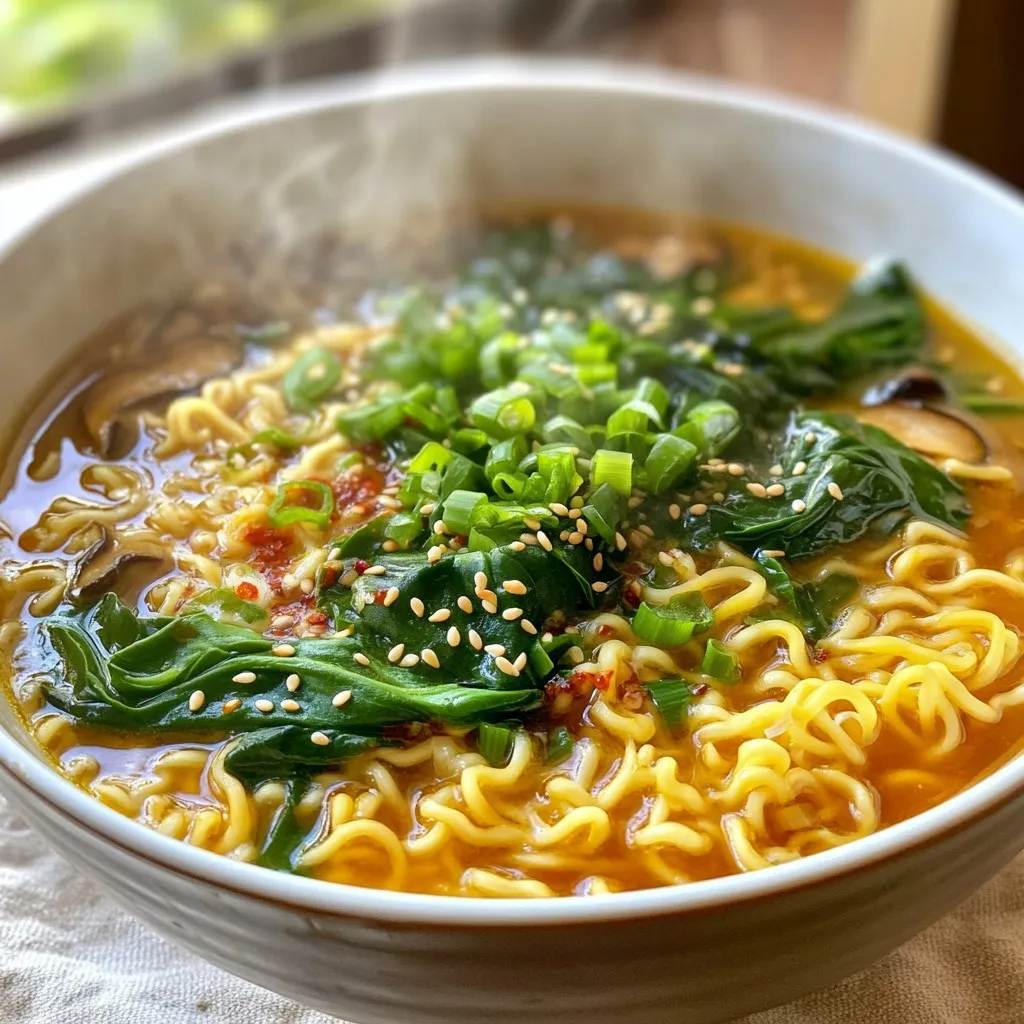
Minute Spicy Garlic Ramen Quick and Flavorful Meal
Are you craving a quick yet flavorful meal? Look no further than Minute Spicy Garlic Ramen! In just one minute, you can whip up a
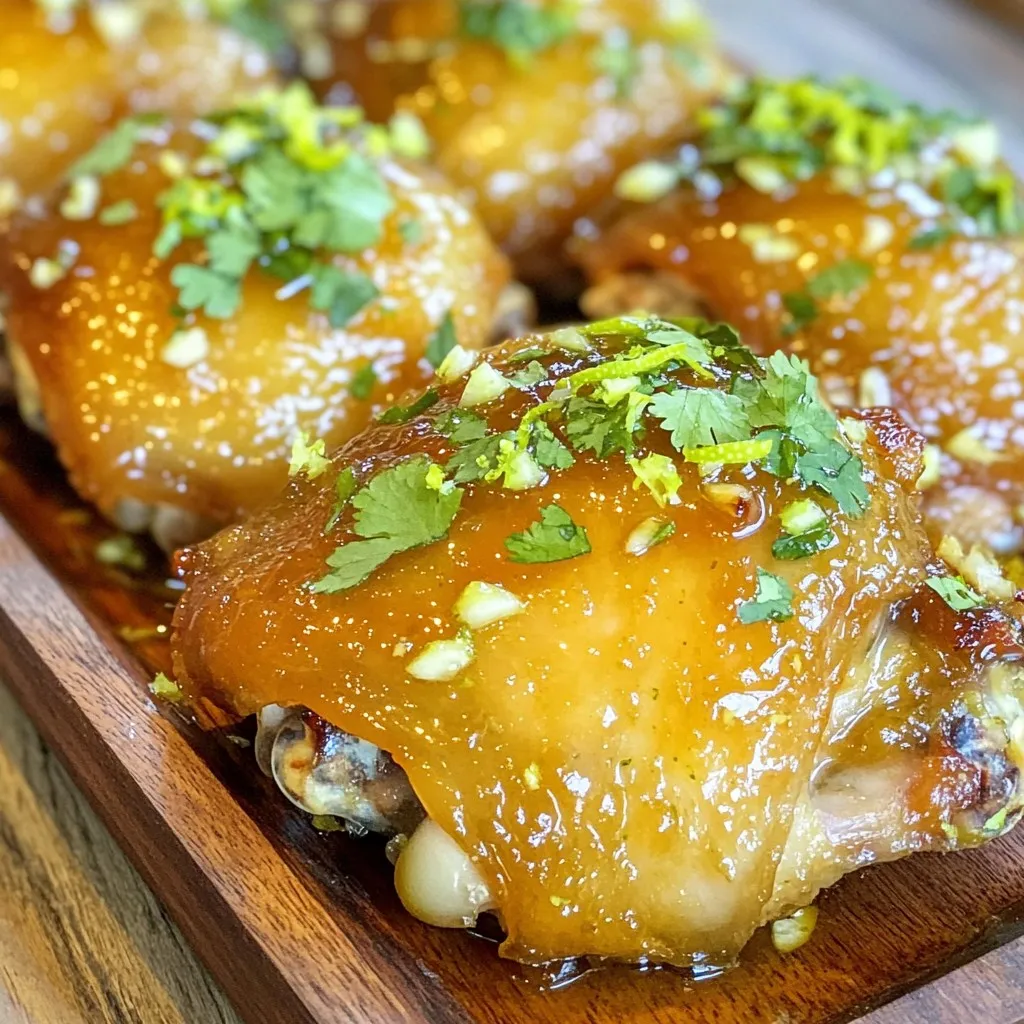
Savory Honey Lime Chicken Thighs in Air Fryer Recipe
Are you ready to take your dinner game to the next level? This Savory Honey Lime Chicken Thighs in Air Fryer recipe is simple, delicious,
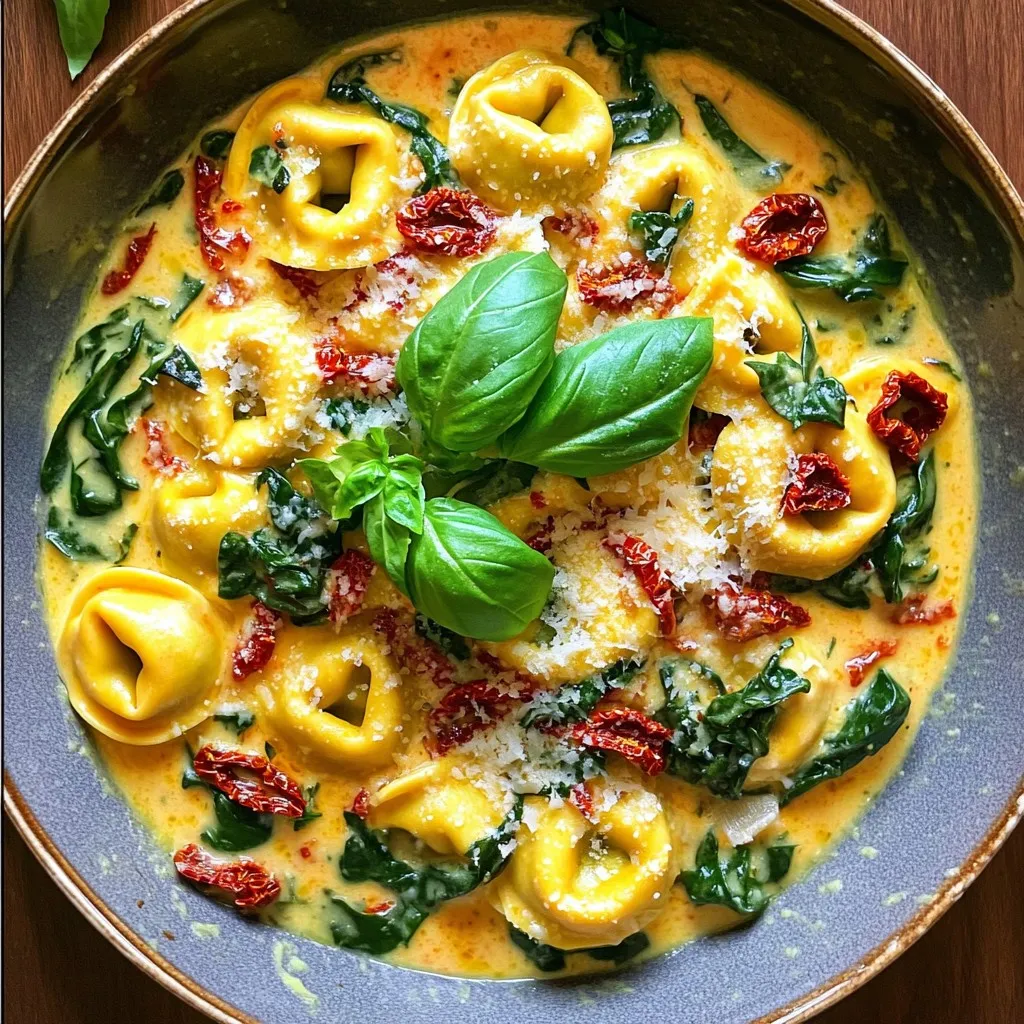
Sun-Dried Tomato Tortellini Skillet Flavor Boost
Looking for a quick, delicious meal? Try this Sun-Dried Tomato Tortellini Skillet! It’s packed with flavor and takes just minutes to prepare. Using easy ingredients
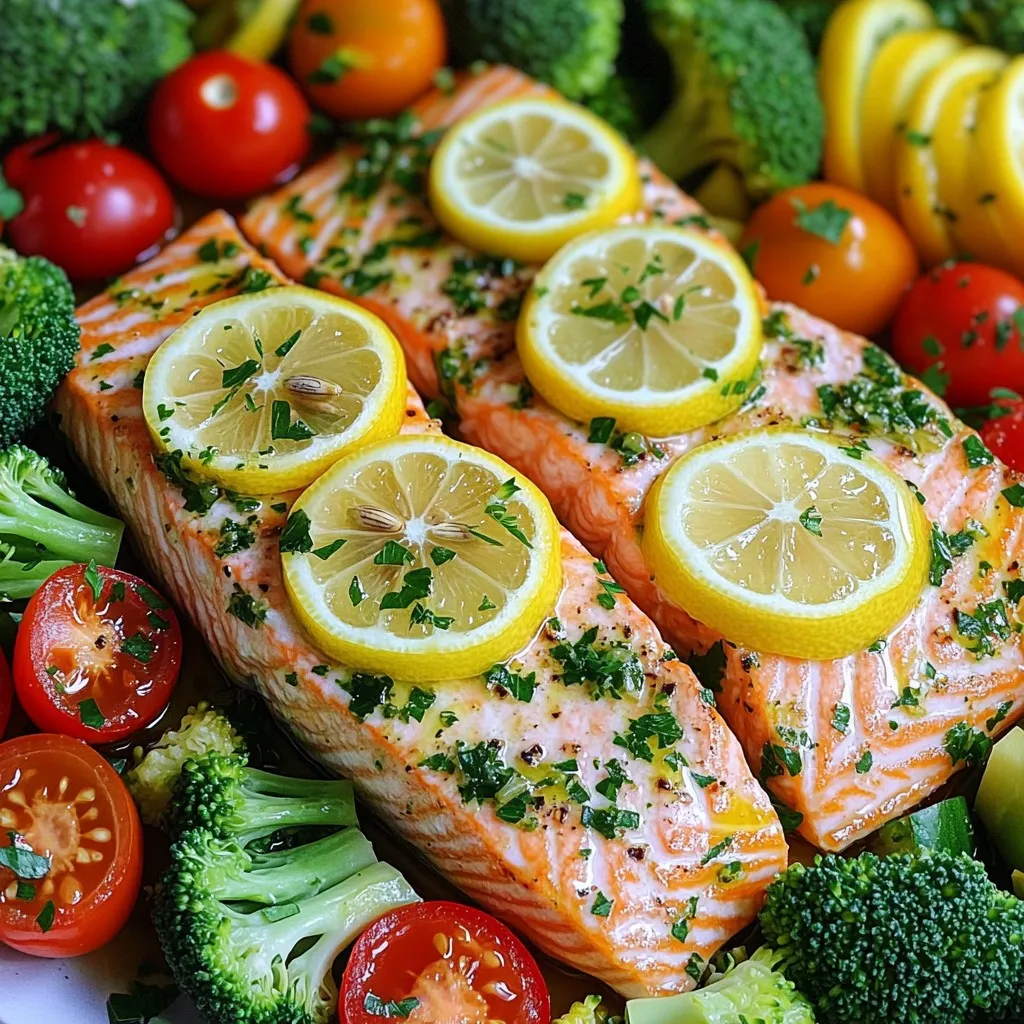
Sheet Pan Lemon Herb Salmon & Veggies Delight
Are you looking for a simple and delicious weeknight dinner? My Sheet Pan Lemon Herb Salmon & Veggies Delight is here to save the day!